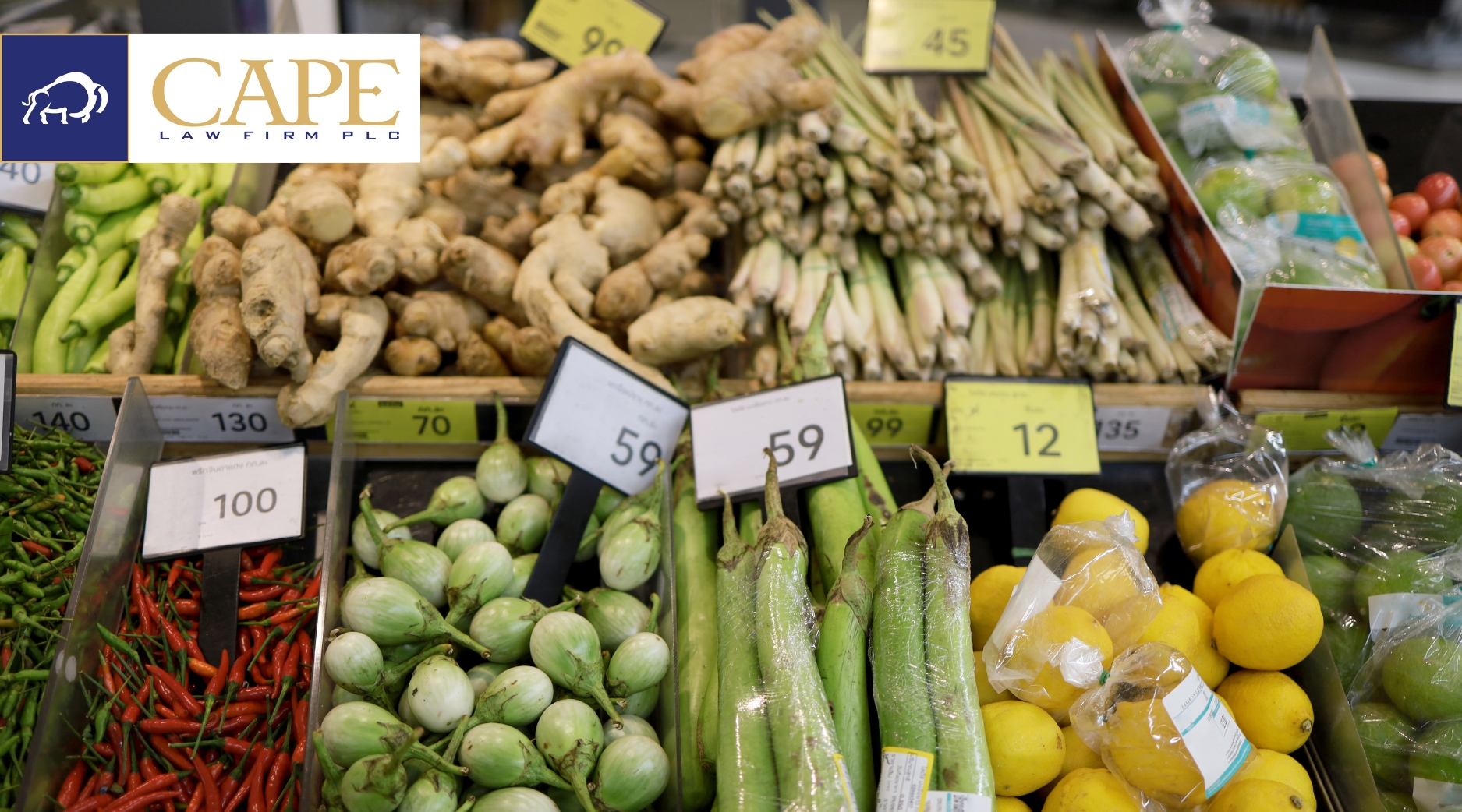Presidential candidate Kamala Harris recently announced one of her economic priorities is a proposed a federal ban on “price gouging” on food and groceries. Although specific details of the plan are somewhat vague, it appears that Harris’ plan will include some form of price control on food. As most Americans know, food prices have risen dramatically following the pandemic and consumers are spending more of their income on food than at any time in the last three decades. Even though food is relatively expensive, many economists agree that price gouging can be difficult to define and price controls often produce mixed results.
At the other end of the food spectrum, farmers are testifying in Congressional hearings that they are facing some of the most dire economic circumstances of their lifetimes. The farmers’ message to Washington is, without a new Farm Bill and federal financial assistance, they are at risk of going out of business. As most folks in the Ag community already know, the price of some commodities (such as corn, soybeans, and wheat) are in the dumps, while input costs (such as seed and chemicals) and the cost of operating capital are incredibly high. Some farmers are simply trying to minimize losses in the current season.
In theory, this should be an odd state of affairs – extremely high food prices that consumers cannot afford, while farmers that grow the food are going bankrupt. No doubt, these are complex markets that defy quick and simple answers, but it should at least spur our elected representatives to ask some deep and probing questions. Where are all the food dollars going and why doesn’t a larger share filter down to producers? If consumers are paying so much, why is it still necessary to prop up farmers with federal subsidies? Could part of the answer lie in the way federal farm subsidies have been administered over the last several decades? Have regulators allowed too much consolidation among the enterprises that process and sell food, or among farm input manufacturers, such that they have market power to set prices? How many farms are growing food for human consumption versus inputs for some industrial product (e.g., soy ink)? Is this just some quirky economic cycle that will disappear in a year or two? Where, oh where, are the government studies and economic analyses that can provide some answers?
Something to ponder over your next $10 beer.
A Life Preserver for Your Ag Microbes
Engineers at MIT have developed a method for protecting microbes from industrial processing and extreme conditions, paving the way for healthier and more stable biological products. The use of microbial inputs in agriculture (often called “biologicals”) has exploded in recent years as many in the industry look to improve soil health and move away from synthetic chemistries. Because microbes are living organisms, their effectiveness as an agricultural input (or as a medicine) requires keeping them viable. The MIT engineers found that mixing microbes with a list of compounds that the FDA classifies as “generally regarded as safe” allowed the microbes to withstand extreme temperatures and industrial processing. You can read more here.





